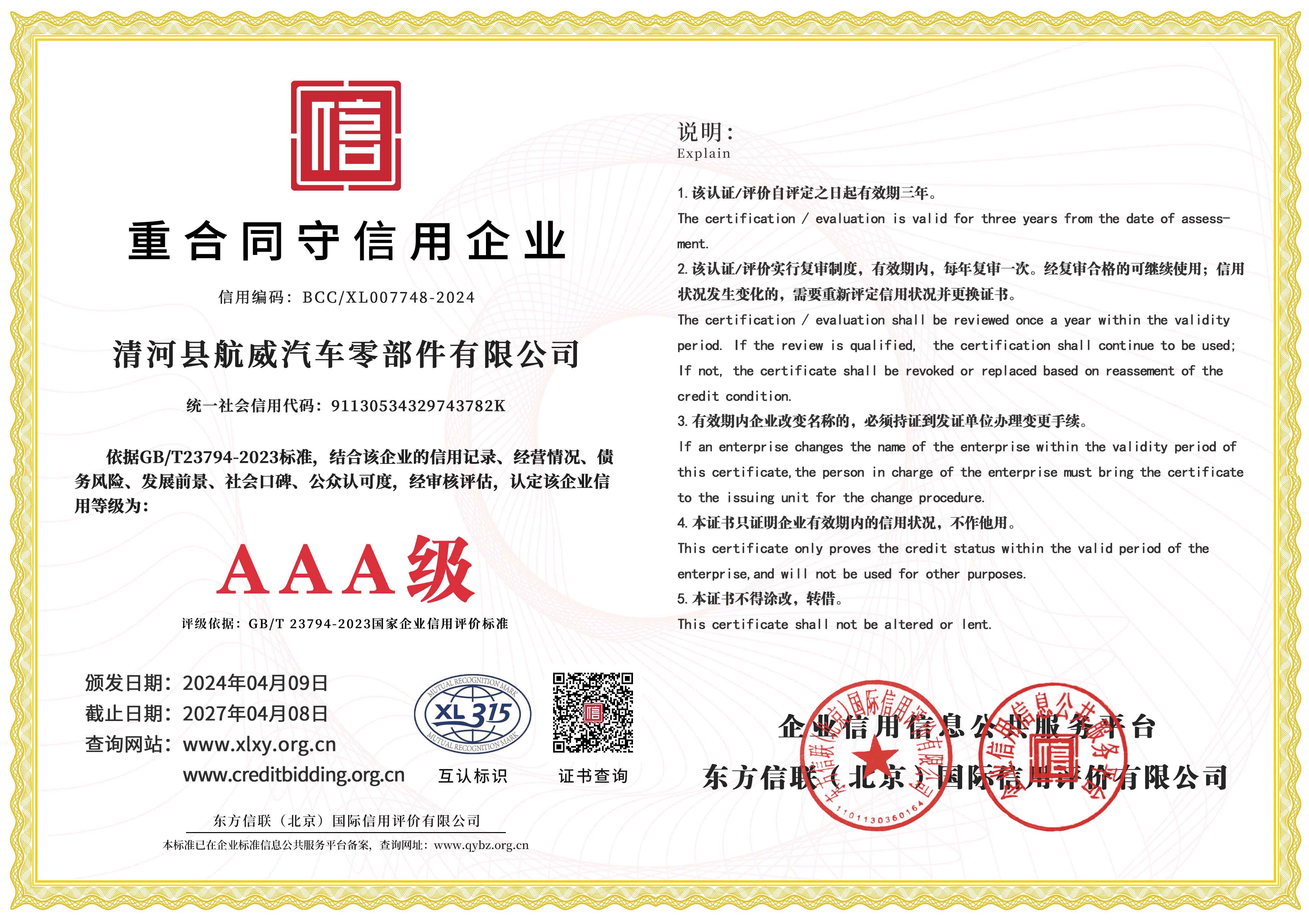clutch cable assembly
Understanding Clutch Cable Assemblies Essential Components for Smooth Driving
Clutch cable assemblies are vital components in manual transmission vehicles, playing a crucial role in the efficient operation of the clutch system. This article will delve into the fundamental aspects of clutch cable assemblies, their structure, function, and importance in ensuring smooth driving experiences.
What is a Clutch Cable Assembly?
A clutch cable assembly consists of a cable, housing, and various connectors designed to transfer the driver's input from the clutch pedal to the clutch mechanism in the transmission. The clutch pedal, when pressed, pulls the cable, which in turn engages or disengages the clutch, allowing for smooth gear shifts. The cable’s flexibility enables it to navigate through bends in the vehicle’s structure, ensuring reliable performance.
Components of a Clutch Cable Assembly
1. Cable The core component of the assembly, typically made of a strong, durable wire, is designed to withstand tension and provide a smooth action. The cable must be well-lubricated to minimize friction and wear over time.
2. Housing The protective sheath that encases the cable. It is generally made from high-quality plastic or metal, shielding the cable from dirt, moisture, and other environmental factors that could lead to corrosion or damage.
3. End Fittings These connectors attach the cable to both the clutch pedal and the clutch mechanism. They must be robust and reliable, as any failure at this junction can lead to clutch disengagement issues.
4. Adjustment Mechanism Many clutch cable assemblies feature a means to adjust cable tension. This ensures the clutch engages and disengages correctly, compensating for any stretching or wear that may occur over time.
clutch cable assembly

Function of Clutch Cable Assemblies
The primary function of a clutch cable assembly is to facilitate the engagement and disengagement of the clutch. When the driver presses the clutch pedal, the cable transmits that force to the clutch fork, which then moves the release bearing away from the clutch disc. This action separates the disc from the flywheel, interrupting the power flow from the engine and allowing the driver to shift gears.
Once the driver releases the pedal, the spring within the clutch system pushes the disc back against the flywheel, re-engaging the power transfer. A properly functioning clutch cable assembly ensures that this operation occurs smoothly and efficiently, providing a seamless driving experience.
Importance in Vehicle Performance
Clutch cable assemblies play a crucial role in vehicle performance. A malfunctioning cable can lead to a variety of issues, such as difficulty in gear shifting, increased pedal effort, or even complete loss of clutch function. These problems not only compromise driving comfort but can also lead to further mechanical failures if left unaddressed.
Regular inspection and maintenance of the clutch cable assembly are vital. Drivers should be aware of symptoms indicating that the clutch system may not be functioning properly, such as - A stiff or unresponsive clutch pedal. - The inability to smoothly shift gears. - Unusual noises when pressing or releasing the clutch pedal.
If any of these symptoms arise, prompt inspection by a qualified mechanic is recommended to diagnose and resolve the issue effectively.
Conclusion
Clutch cable assemblies are integral to the manual transmission system of a vehicle, ensuring that drivers can shift gears smoothly and efficiently. Understanding the components and functions of a clutch cable assembly can help drivers appreciate its importance and recognize the signs of potential issues. Regular maintenance and timely repairs can significantly extend the lifespan of the clutch cable assembly and enhance the overall driving experience. Whether you are a car enthusiast or a casual driver, being informed about your vehicle's components can make a significant difference in its performance and reliability.
-
Upgrade Your Control with Premium Throttle CablesNewsAug.08,2025
-
Stay in Control with Premium Hand Brake CablesNewsAug.08,2025
-
Experience Unmatched Performance with Our Clutch HosesNewsAug.08,2025
-
Ensure Safety and Reliability with Premium Handbrake CablesNewsAug.08,2025
-
Enhance Your Vehicle with High-Performance Clutch LinesNewsAug.08,2025
-
Elevate Your Ride with Premium Gear CablesNewsAug.08,2025
